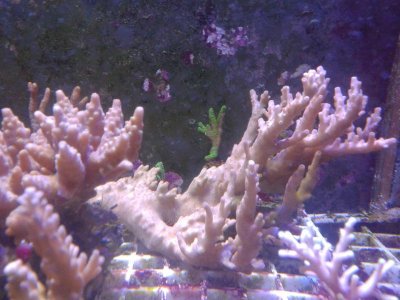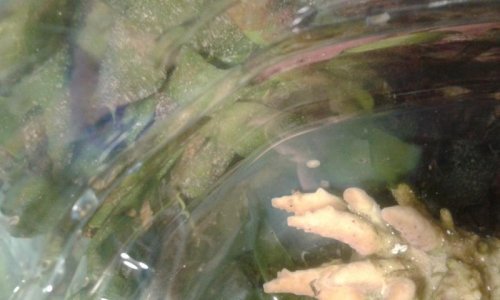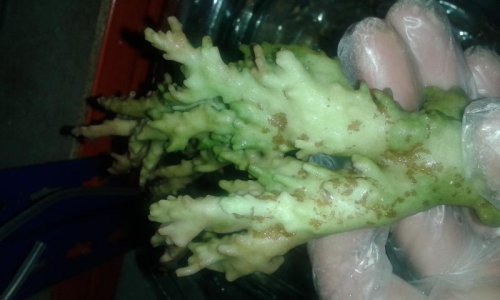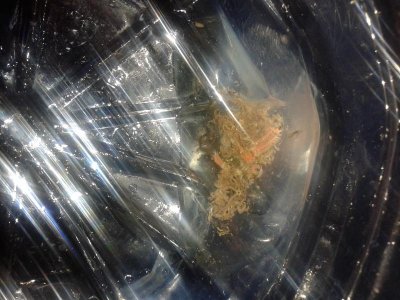PedroMurcia
New member
Hello, for almost two months ago, my acroporas presents a problem I know. First clear spots in the tissue appear, from base to tip. After these spots cover the entire tissue, leaving the acropora completely cream-brown color, not growth, not polyps extension.
STN episodes also observed only in dark areas, brown the bottom tissue has disappeared in almost all.
Salinity: 1024-1025.
kh: 7-7.5.
NO3: 2ppm.
PO4: 0.02.
Temp: 25 ° C.
In December I did a triton, the entire analysis in green.
See if anyone knows that this can be, thanks.
STN episodes also observed only in dark areas, brown the bottom tissue has disappeared in almost all.
Salinity: 1024-1025.
kh: 7-7.5.
NO3: 2ppm.
PO4: 0.02.
Temp: 25 ° C.
In December I did a triton, the entire analysis in green.
See if anyone knows that this can be, thanks.







